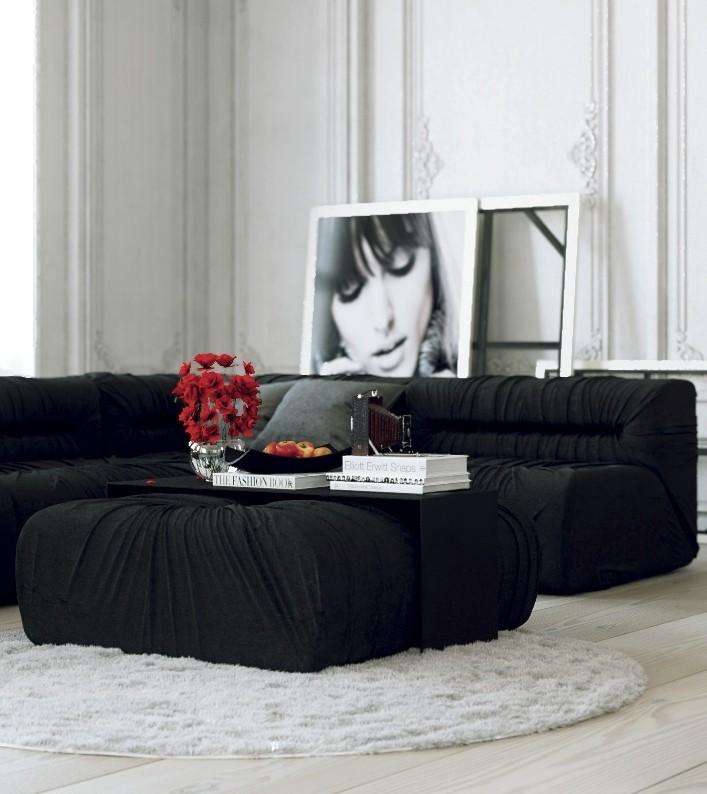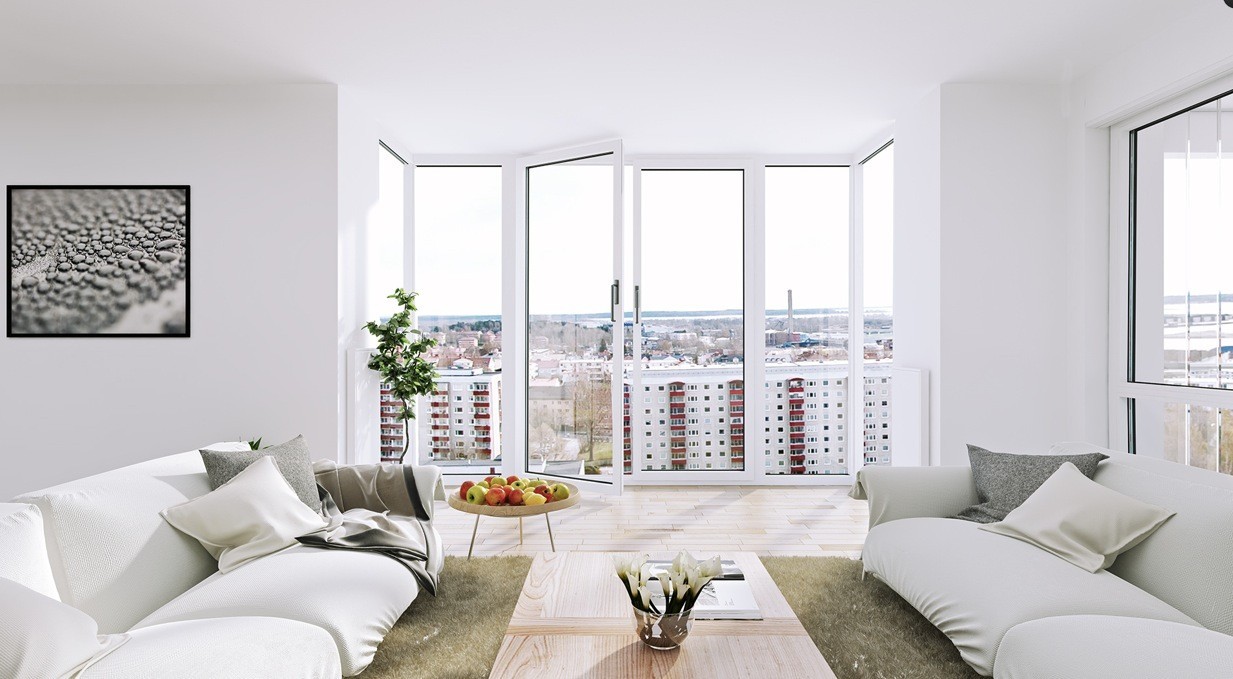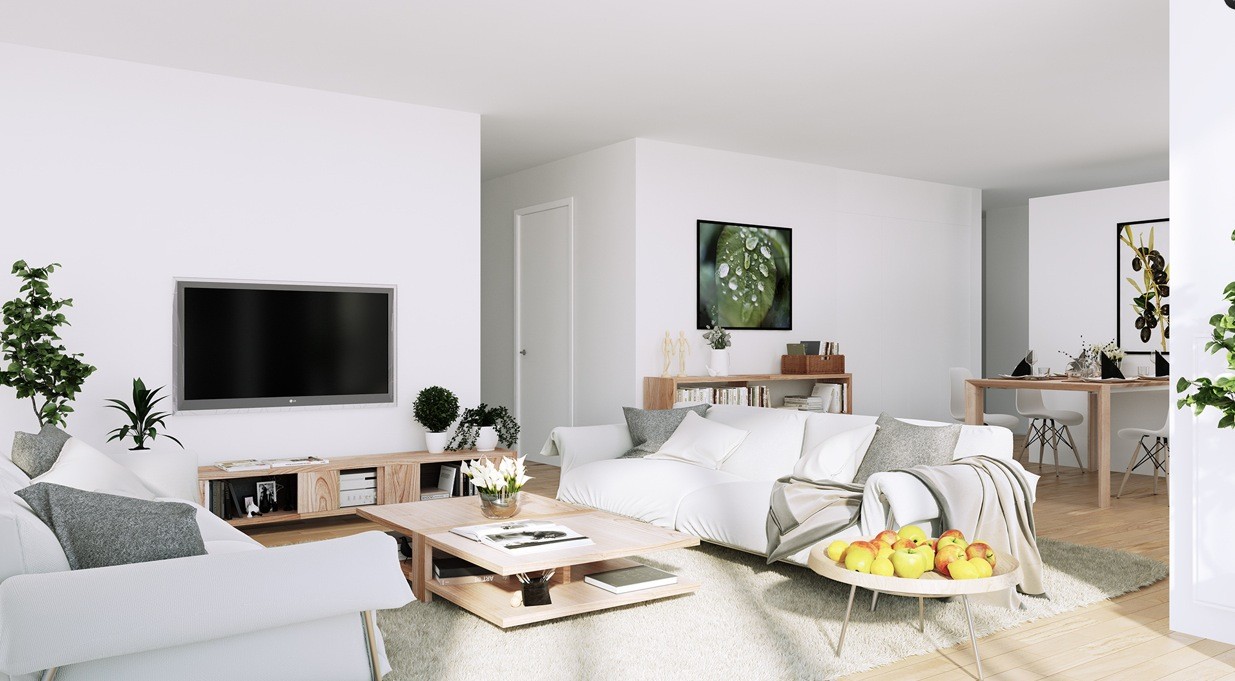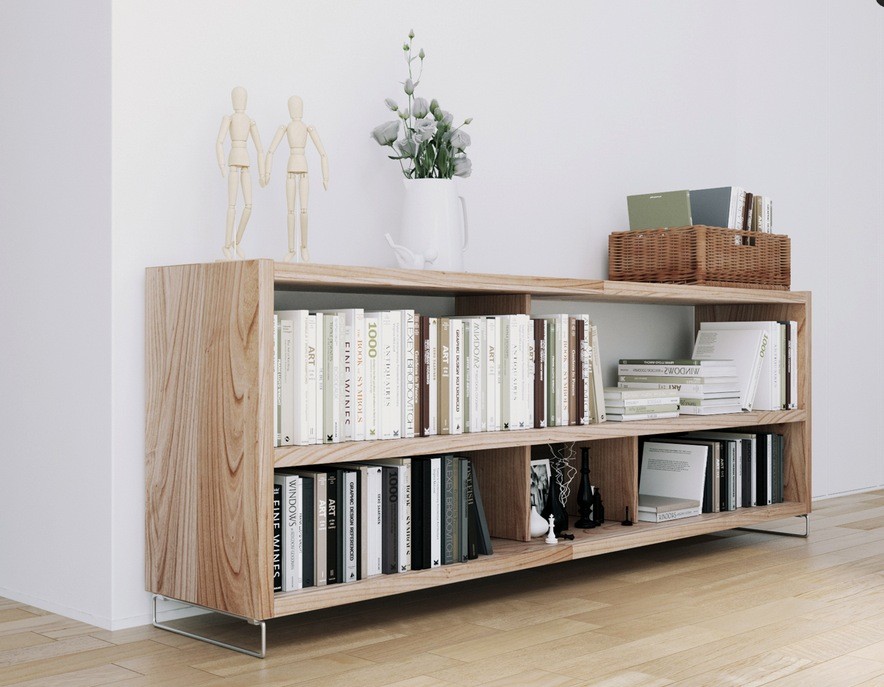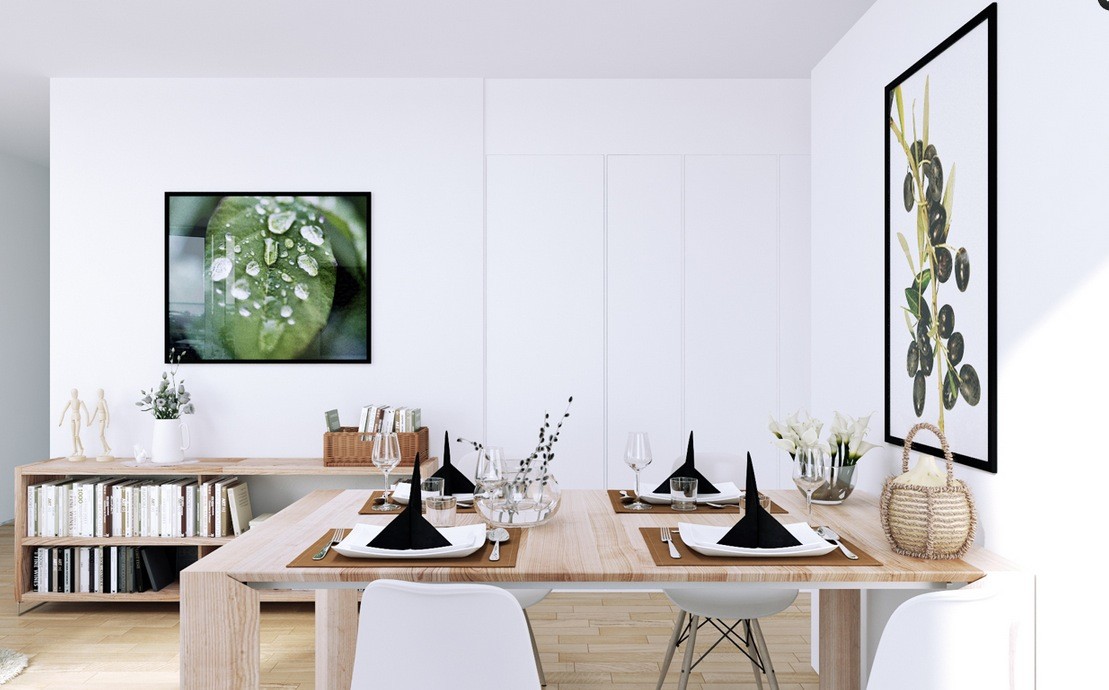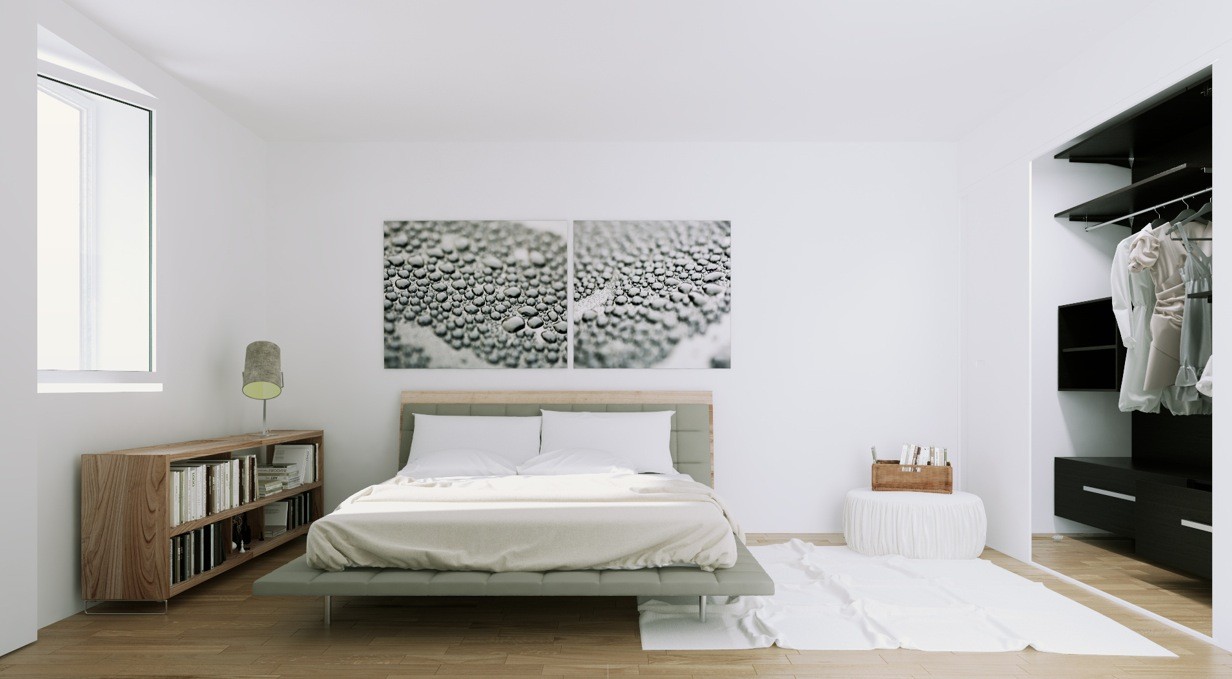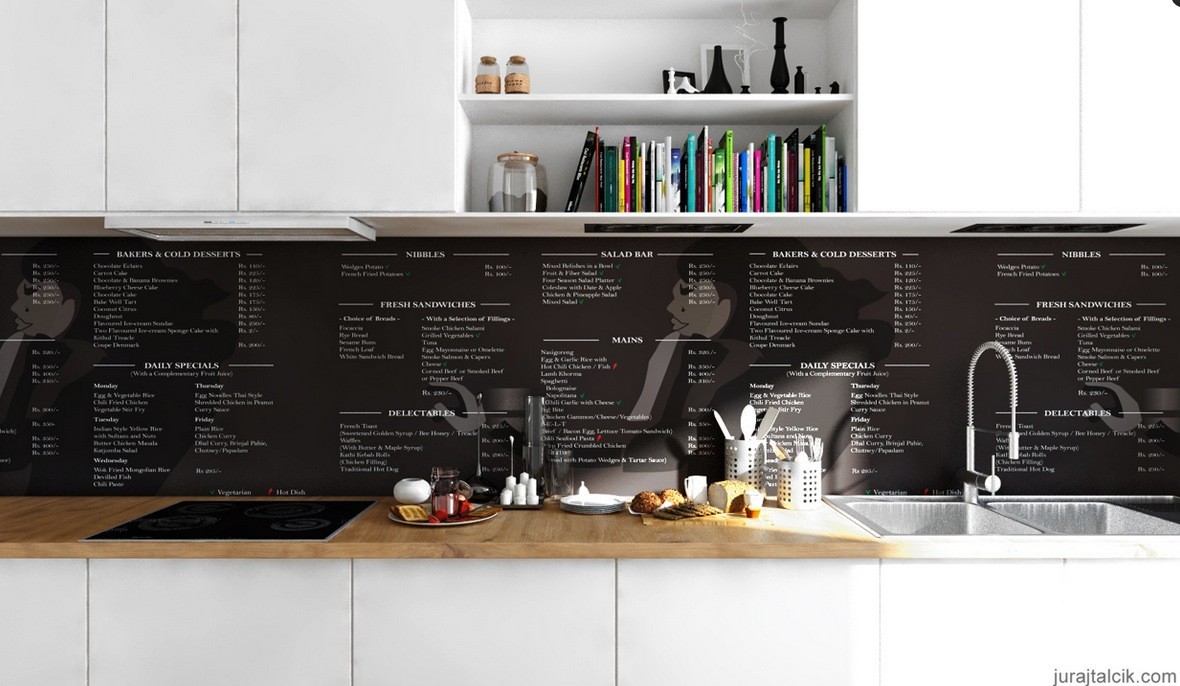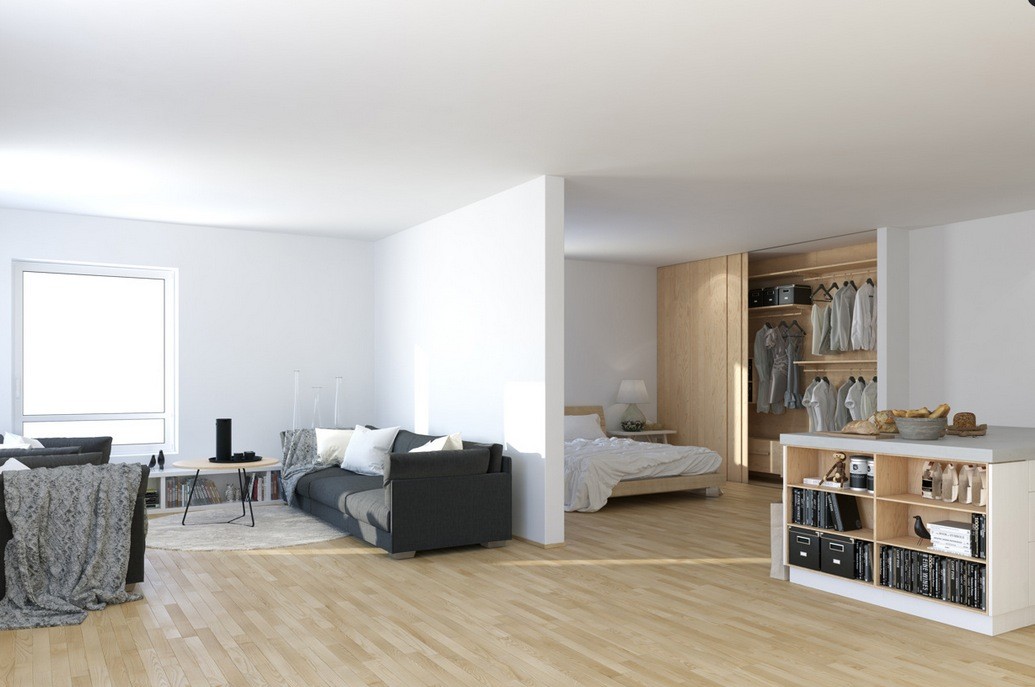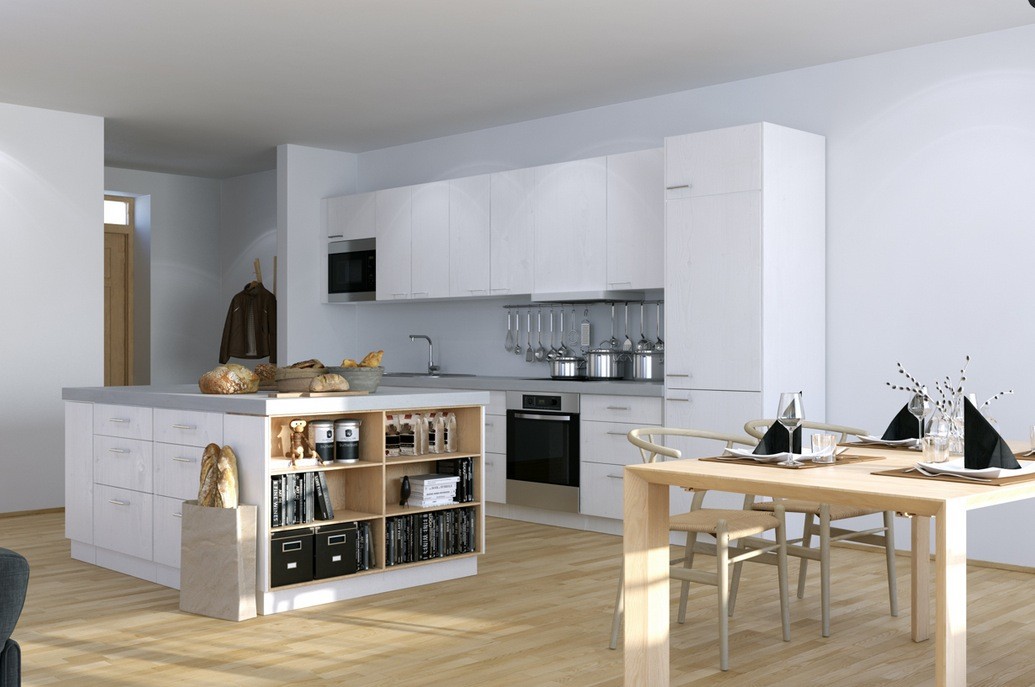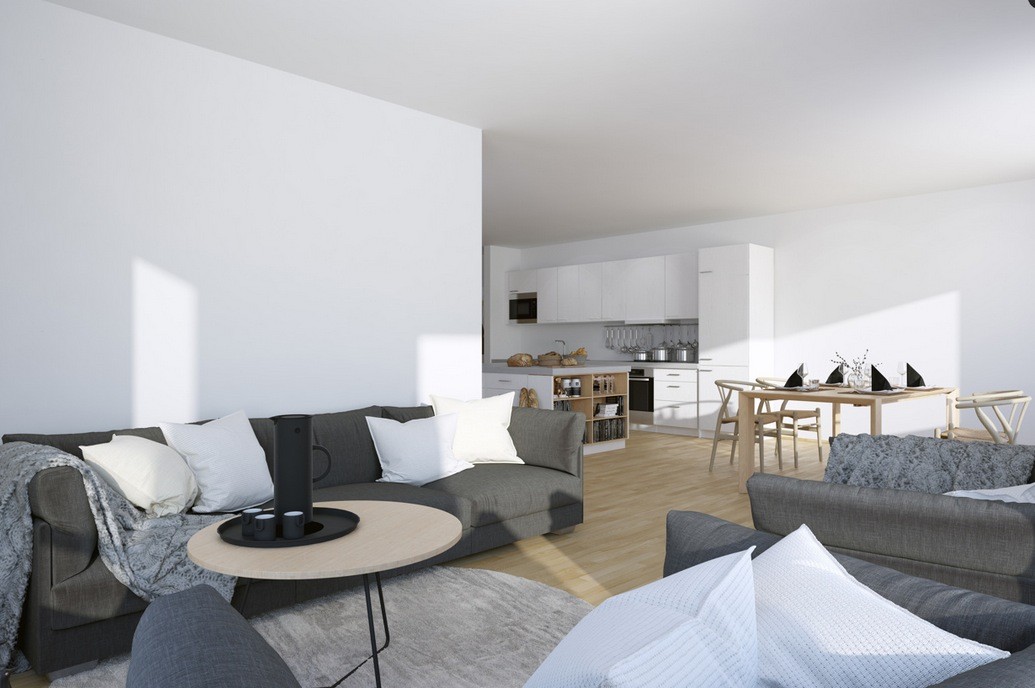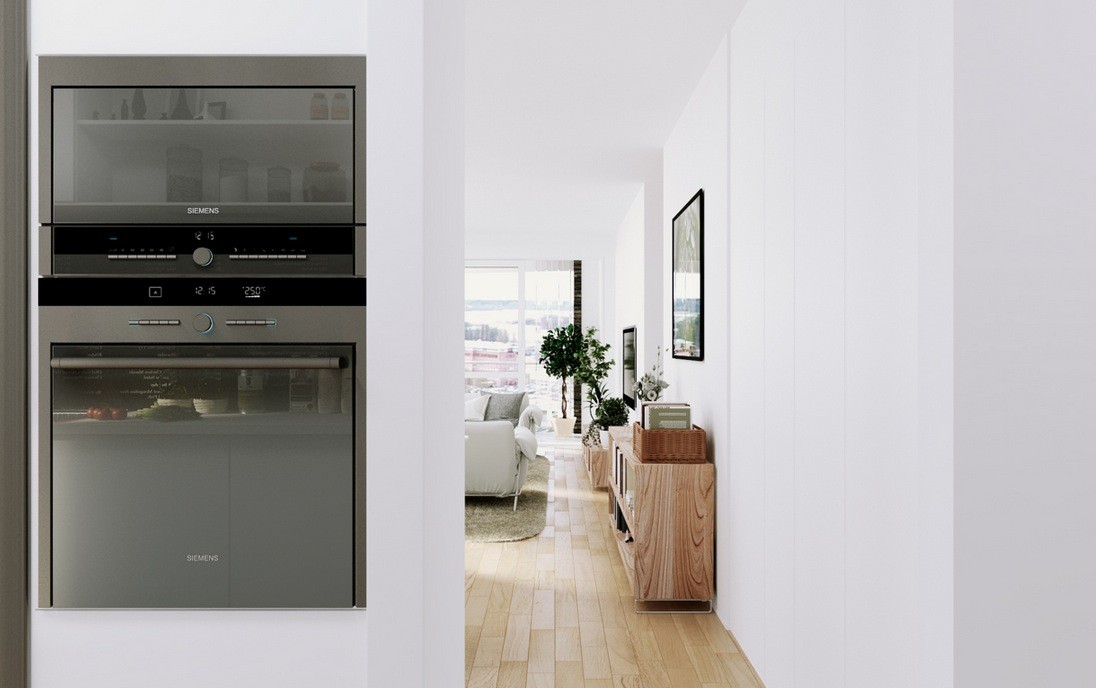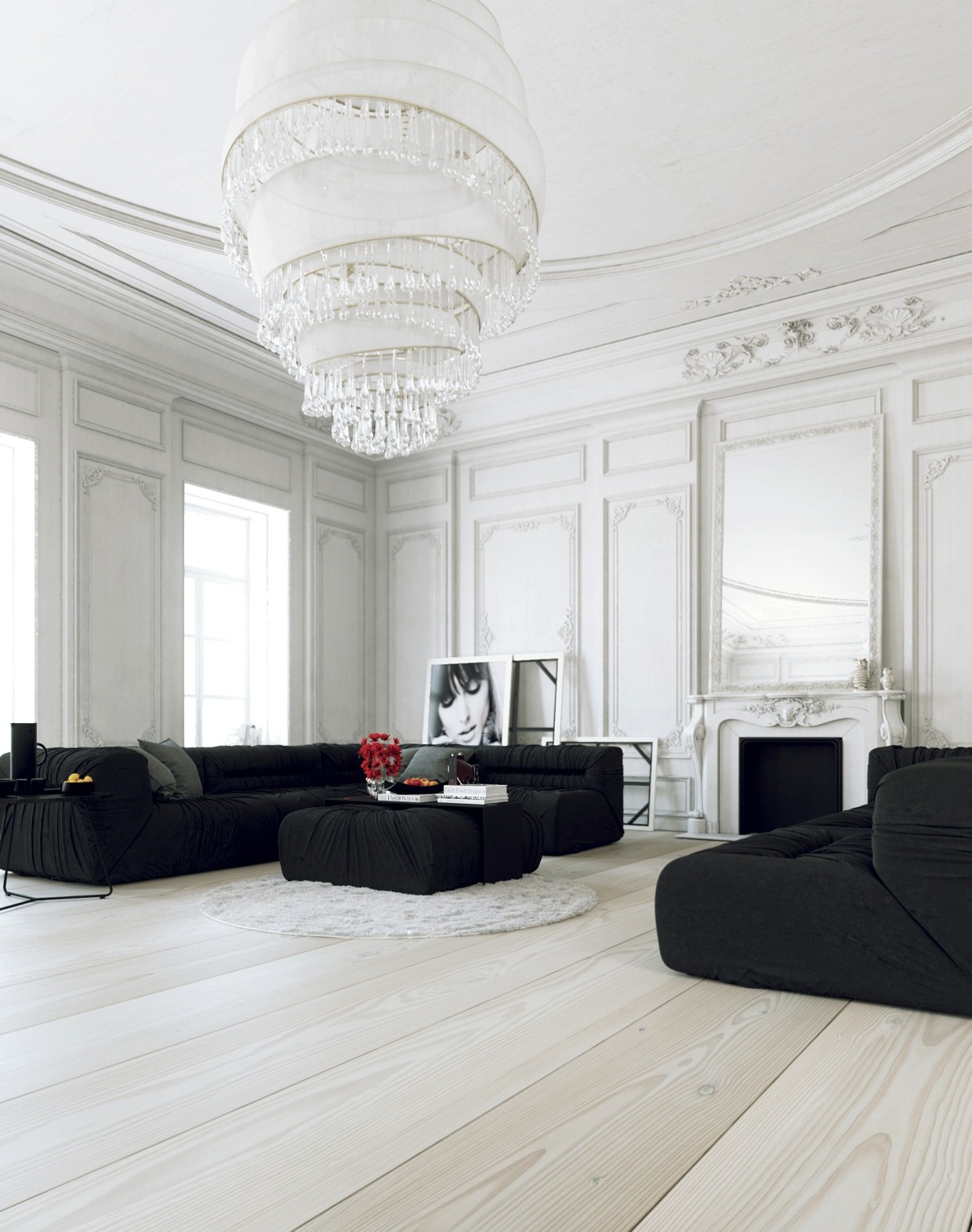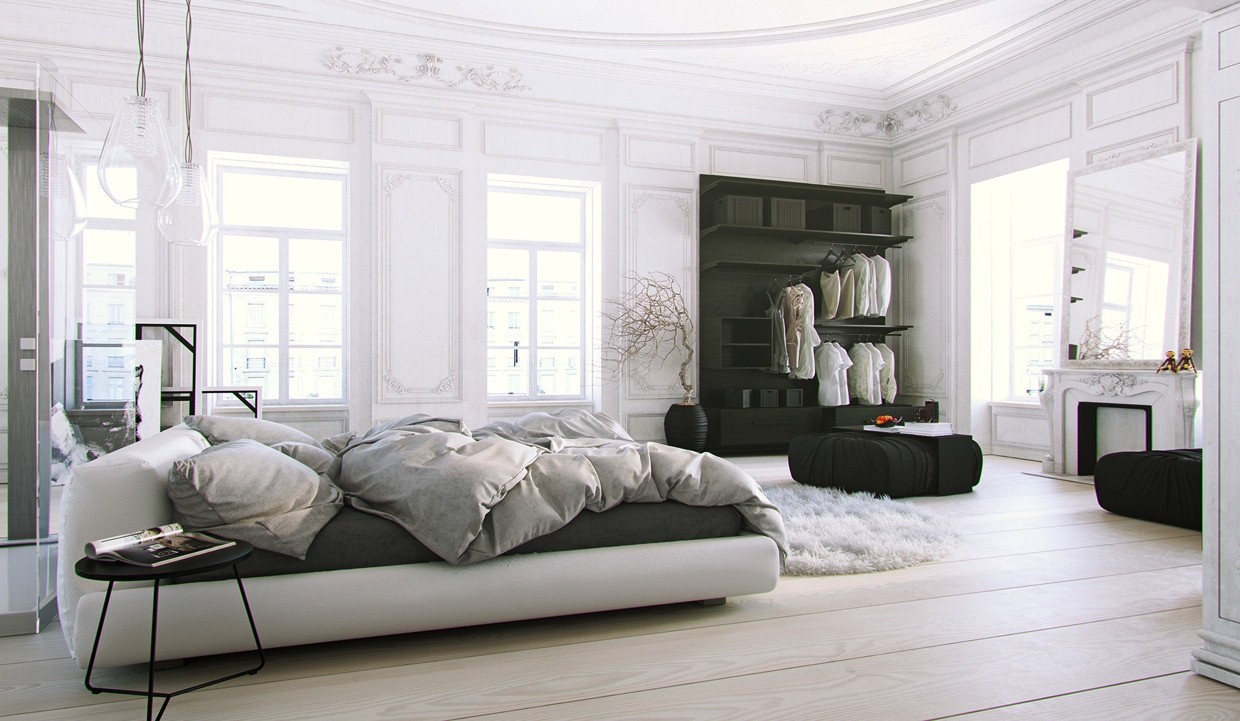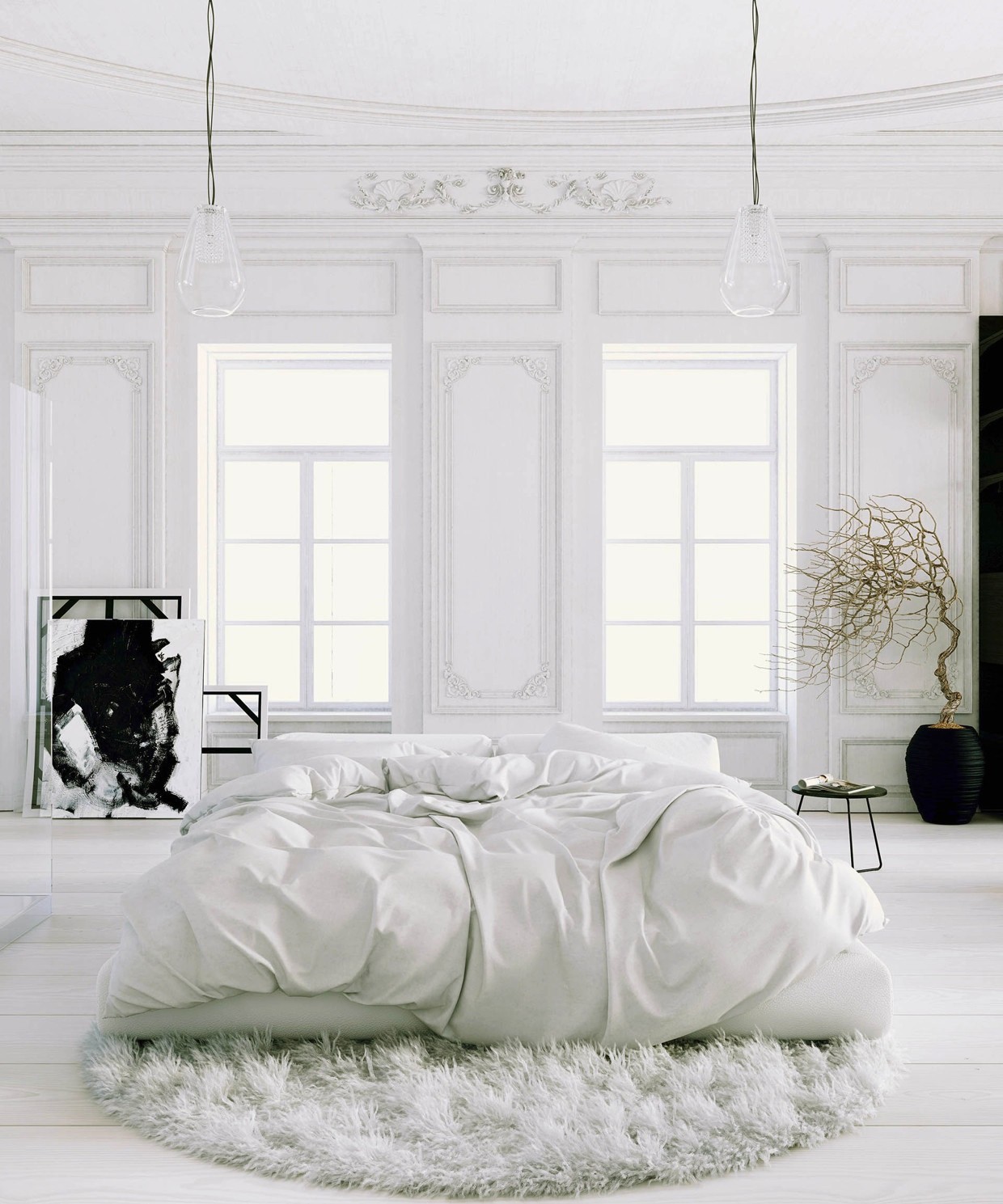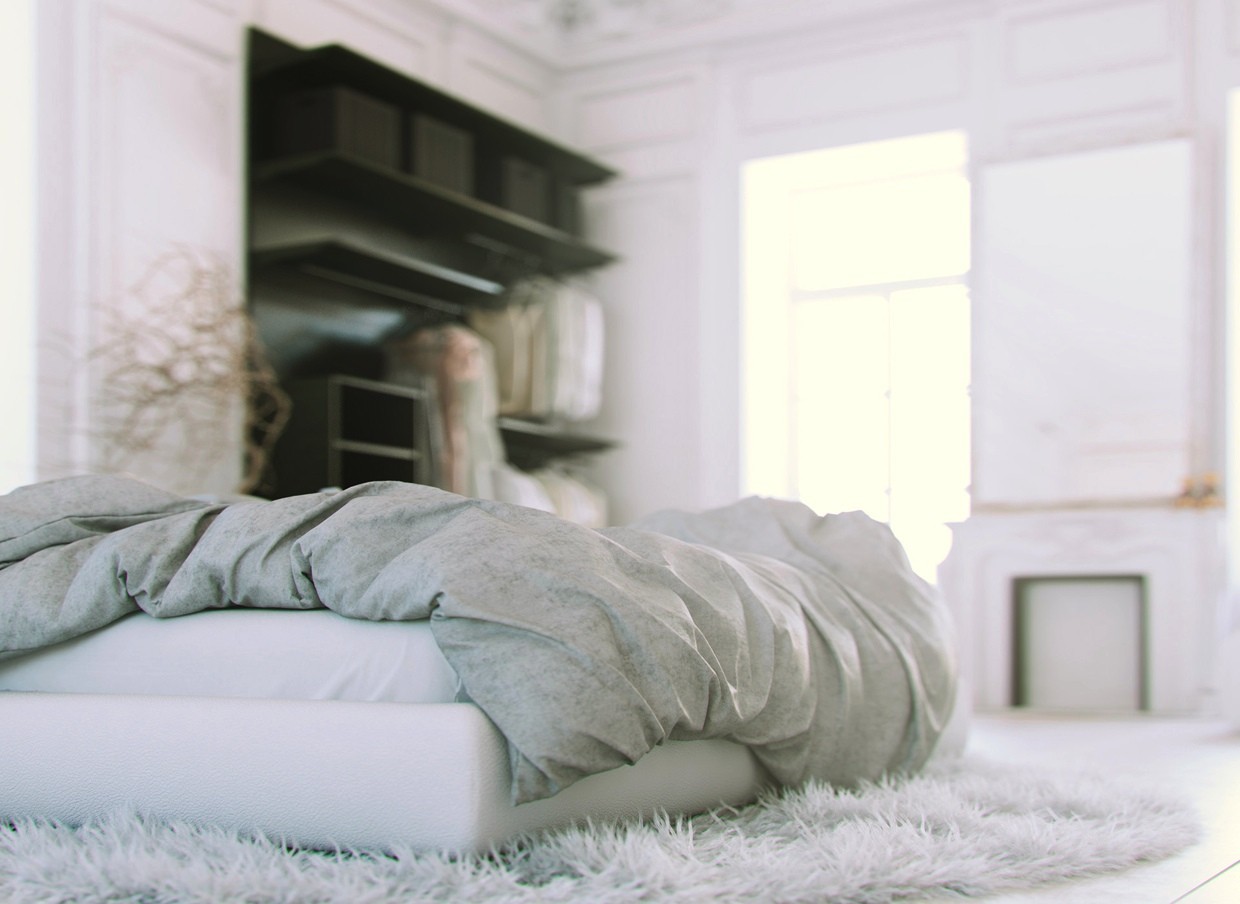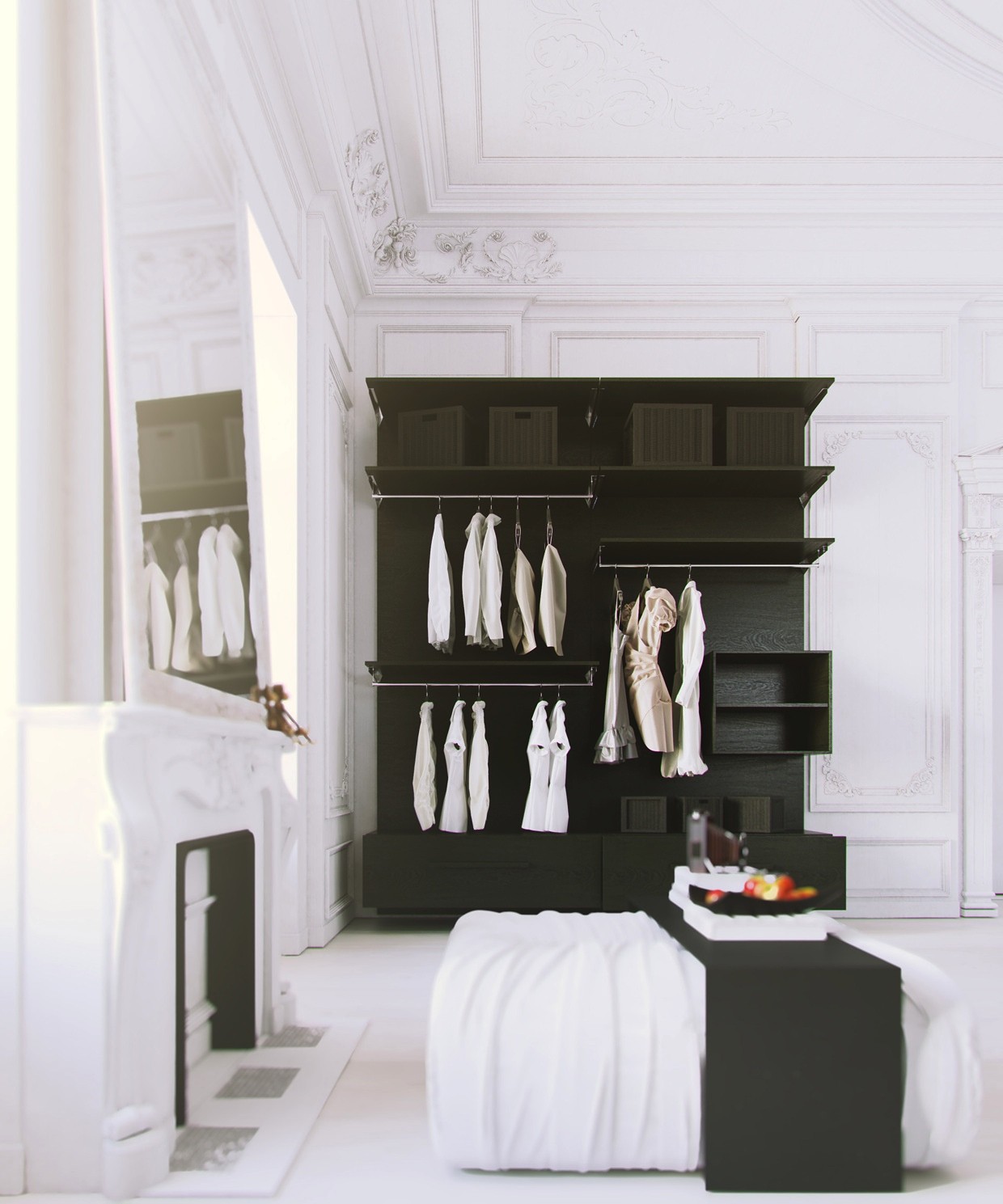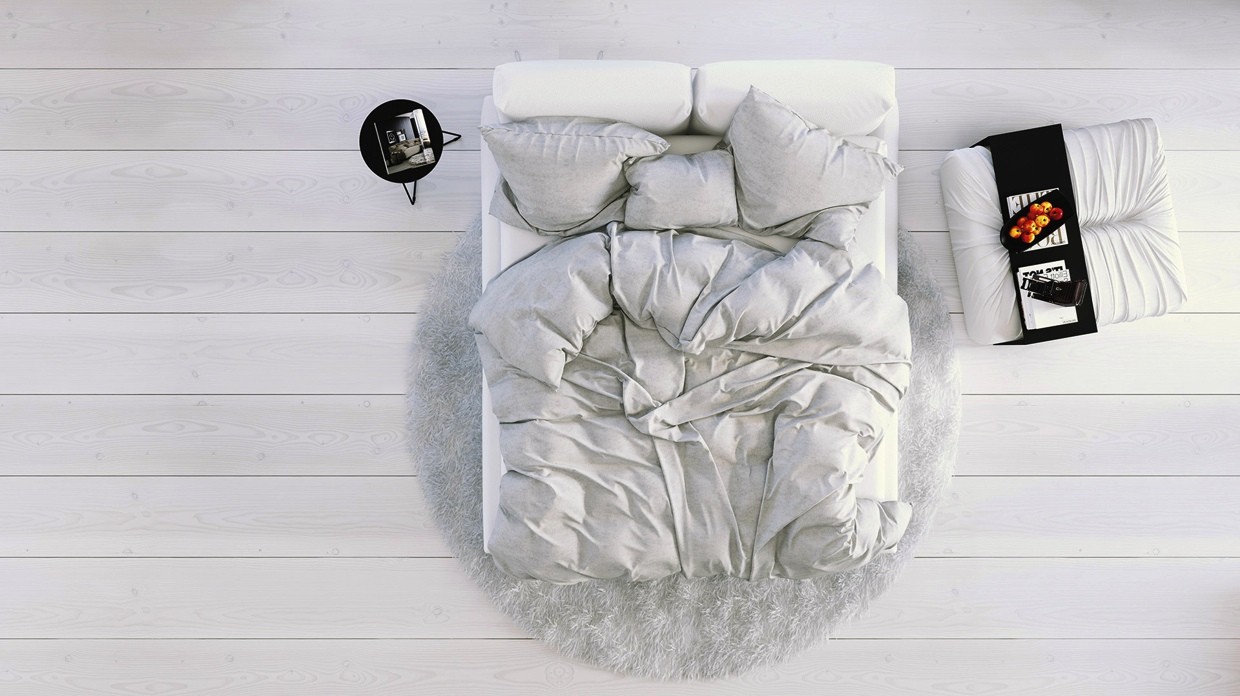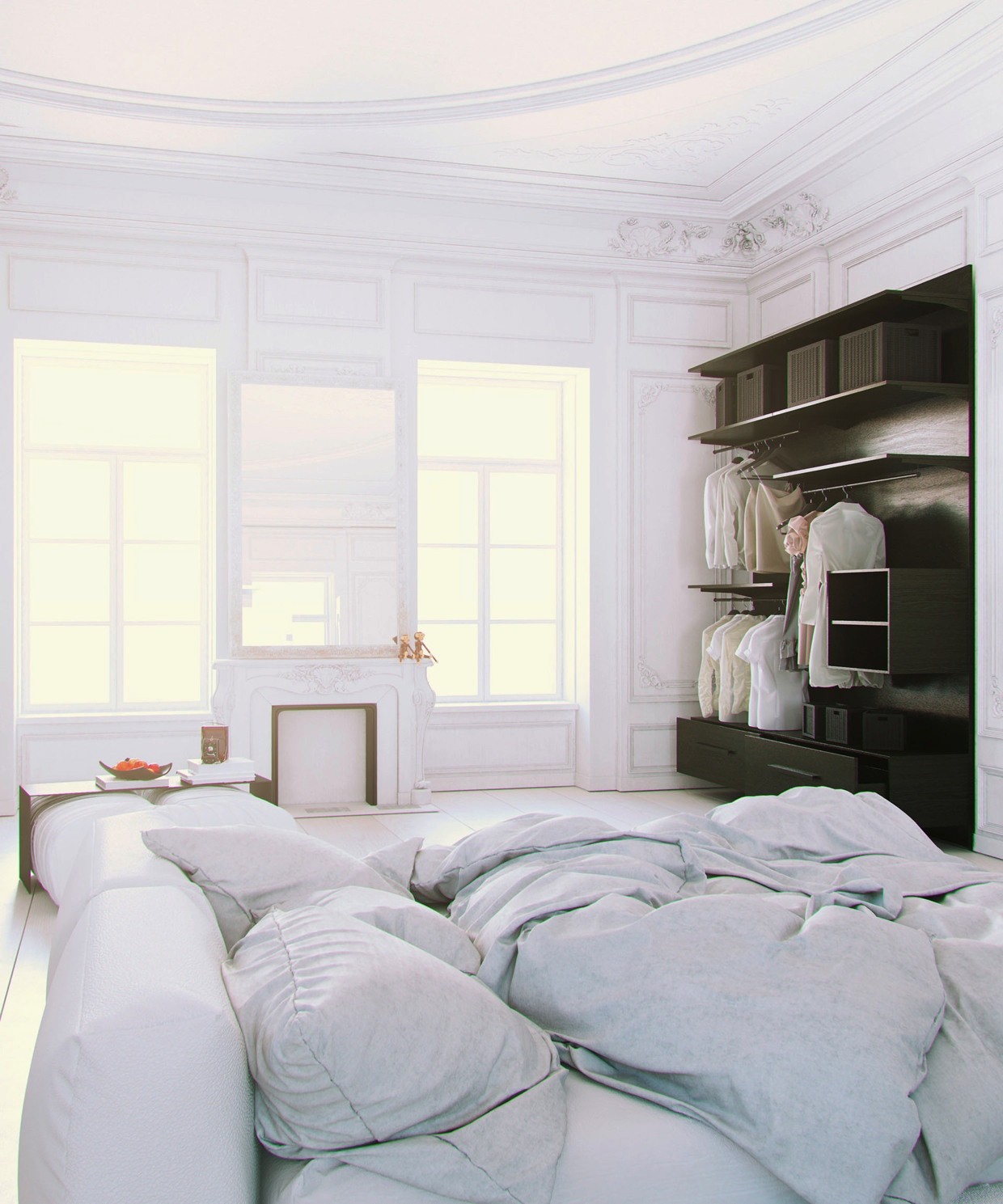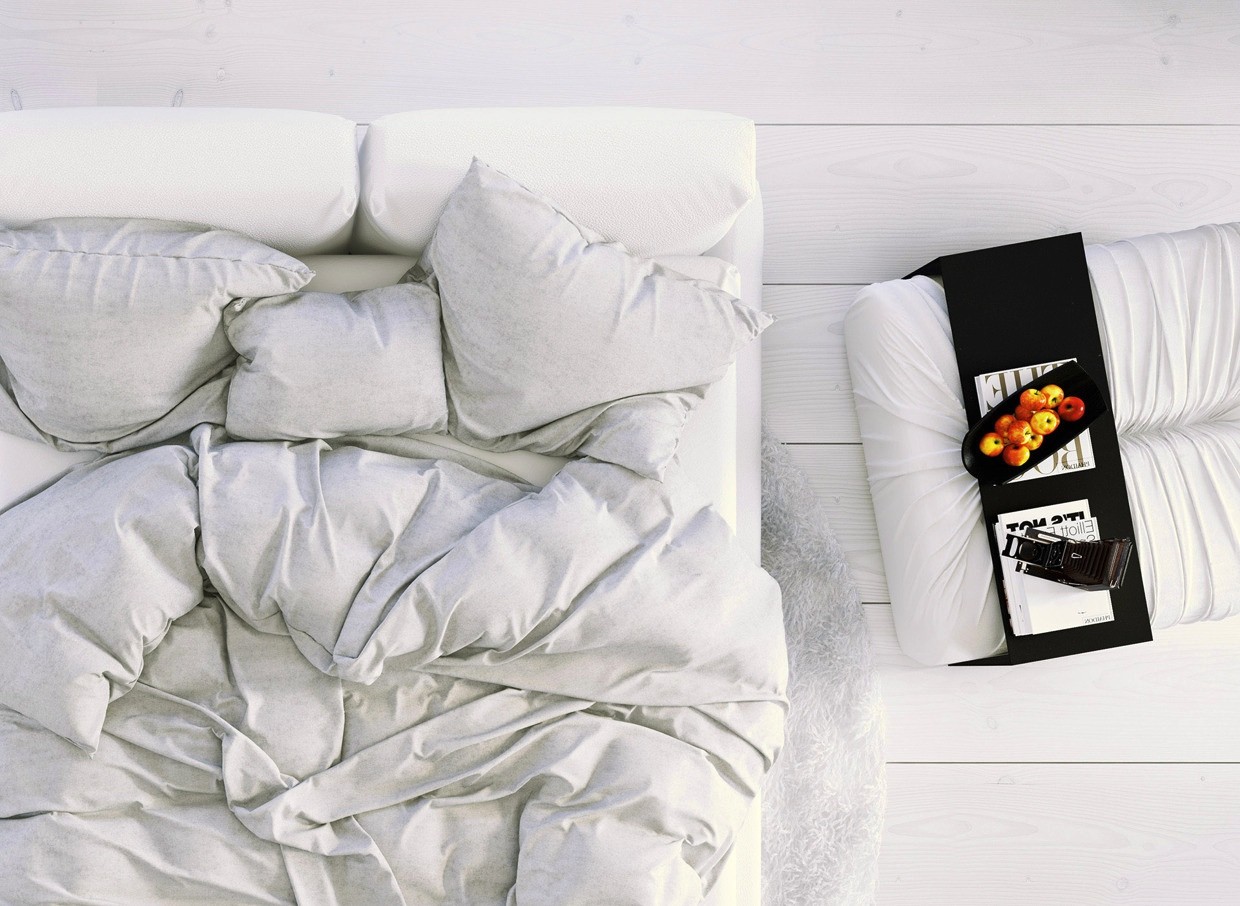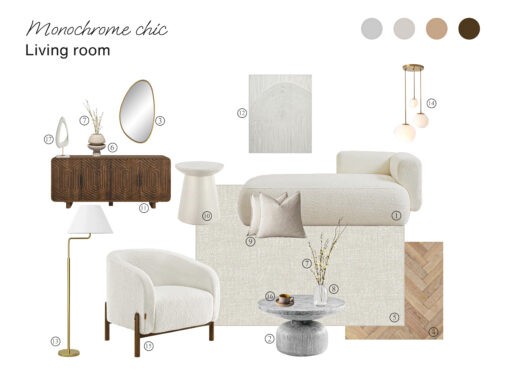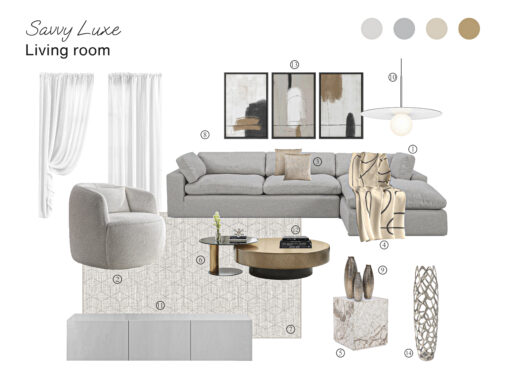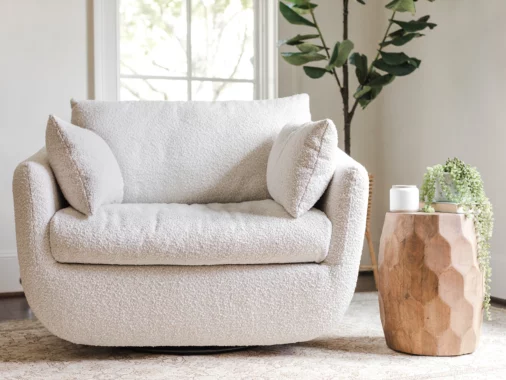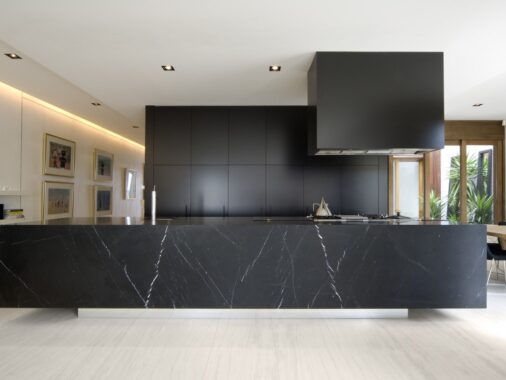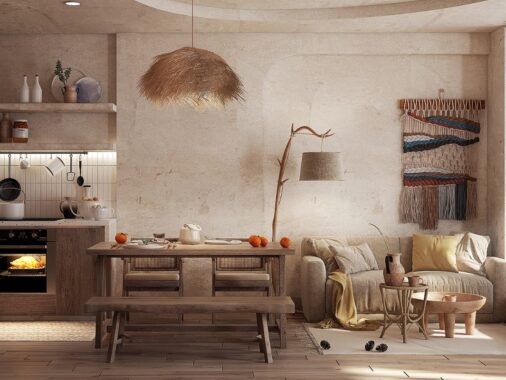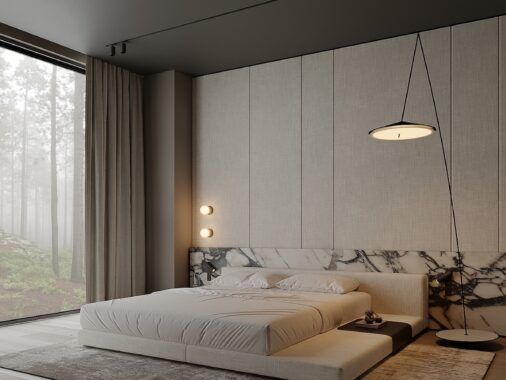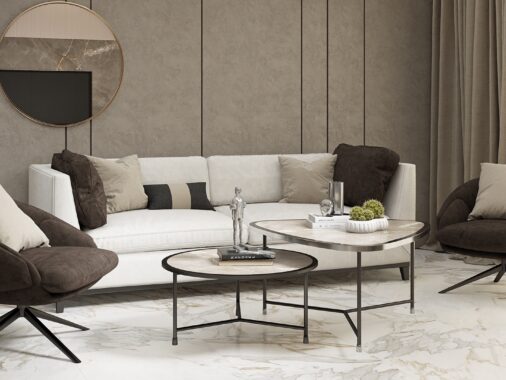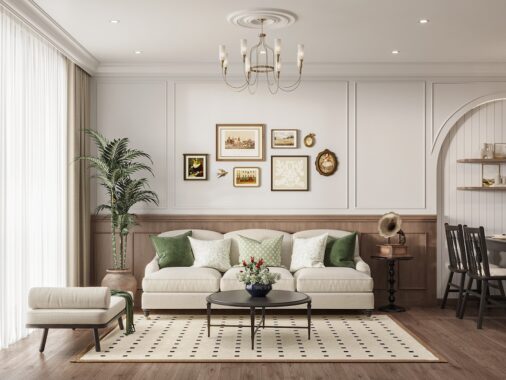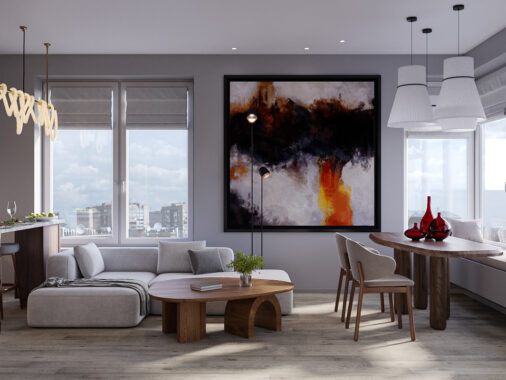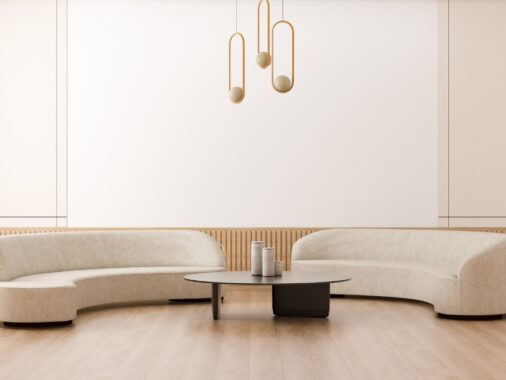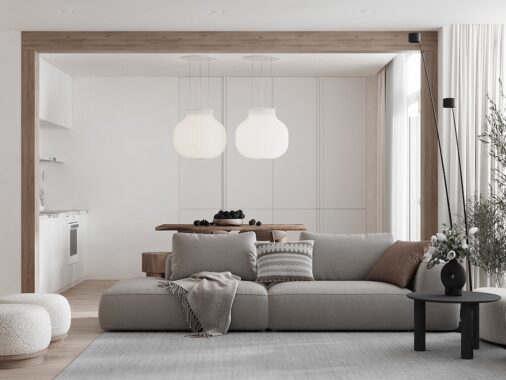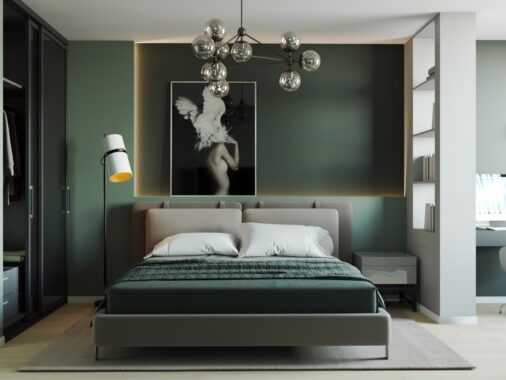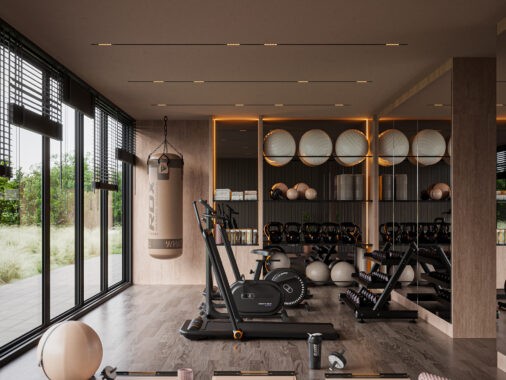Within the fashion industry it is said that black hides all manner of sins. It must therefore be the case, that when it comes to interior design, white is the new black. Making dark spaces lighter, dull spaces brighter, small spaces appear larger and old spaces appear newer, white's power to transform aids the evolution of interior spaces. Once exclusively associated with sterility and cleanliness, white has been more recently associated with brilliance, simplicity and renewal. In addition to providing a canvas upon which to experiment with a distinct, often bright, palette in styling, white also operates in a functional capacity through its promotion of natural light and the illusory impact it has on the size of a space. A predominantly white approach to internal surfaces allows for the employment of greater creativity in styling and can even, quite literally, breathe new life into a space with its breezy, meditative vibe.
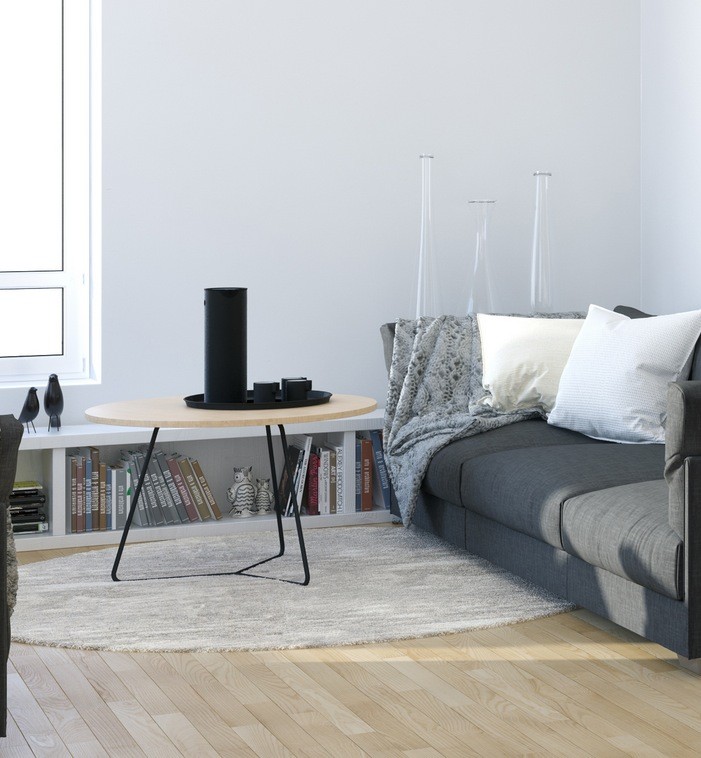
This space and the space previous share some obvious similarities. Yes, they are both white but they are also modern, compact, appropriately minimalist and employers of intelligent storage. Such elements are those of Scandinavian design and that is indeed, the origin of these spaces. To a significant extent within the space previous, and to a greater extent within this perfectly formed studio apartment, white operates in its functional capacity in that it makes the spaces appear larger. It also contributes to the overall minimal and modern aesthetic by acting as a clean slate upon which the design philosophy can build, albeit to a limited extend, which is typical of modern minimalism.
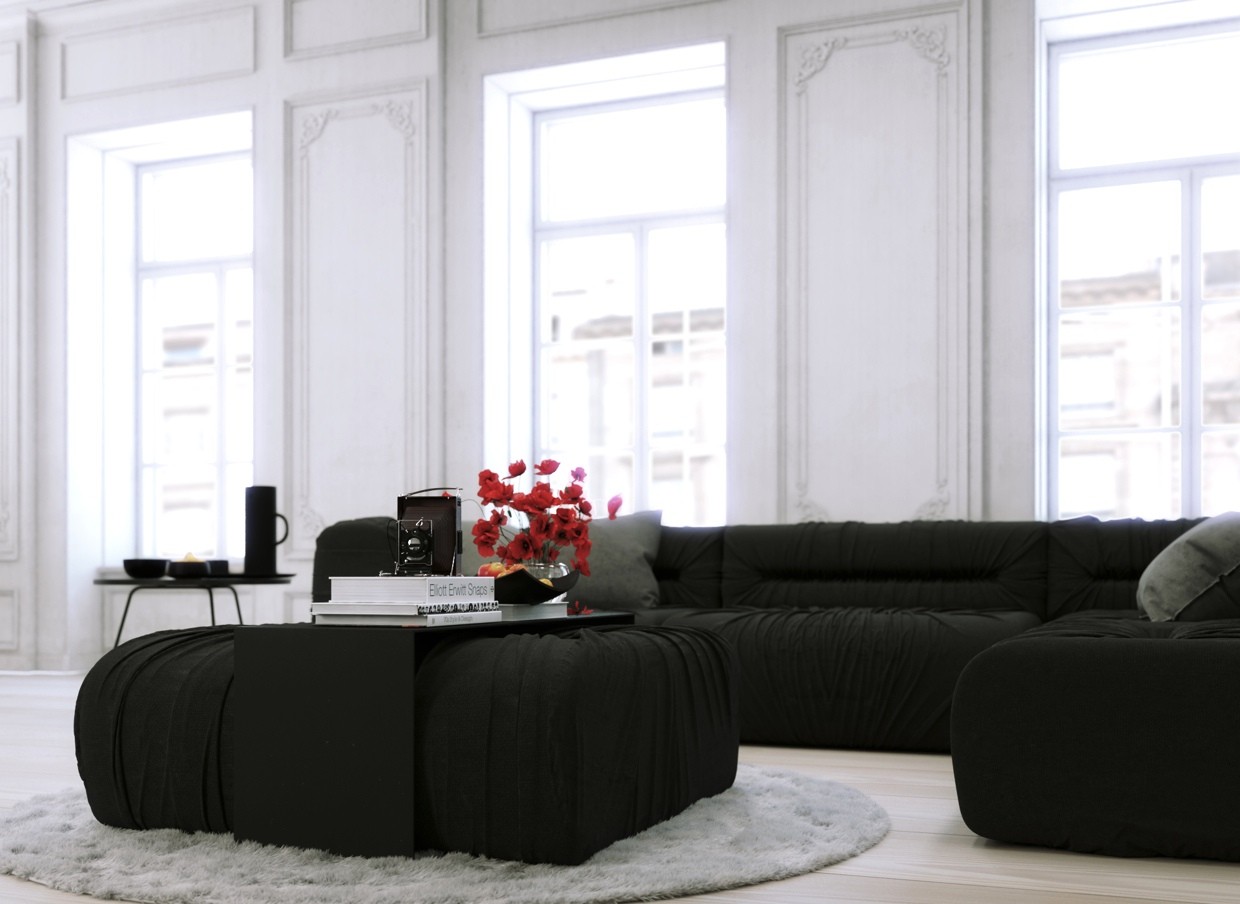
Unlike the spaces previous, this quintessentially Parisian apartment, with its high ceilings and ornate cornicing, diverts from the modern minimalism typically associated with Scandinavia. While retaining a distinctly clean and modern look, it relies on white not for the illusion of size, but for the promotion of natural light that streams in through famously French windows, and for its unrivaled ability to carry old spaces into the 21st Century.
